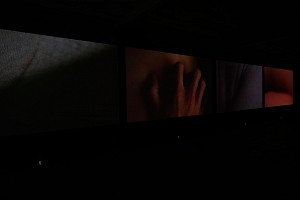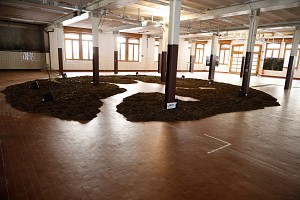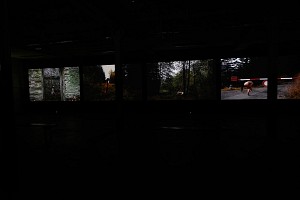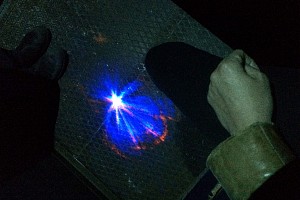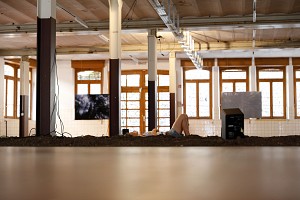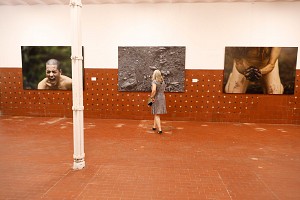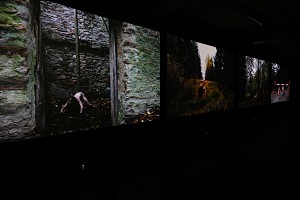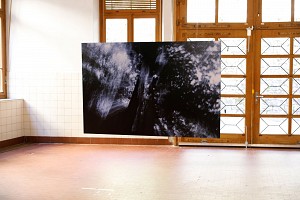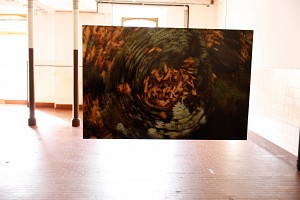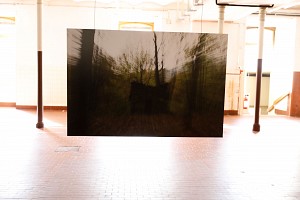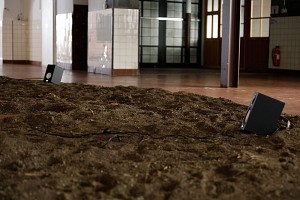La Fabbrica del Cioccolato, Valle di Blenio, Switzerland April 22 – September 30, 2017
"With Three Grades of Foreignness Yuval Avital projects the spectator into a dense and hybrid universe, in syntony with his personality and his artistic course ... [The exhibition] proposes a profoundly participative, multi-sensorial experience that ... wants to carry the audience far beyond."
(Kunstbulletin Magazine, Switzerland, April 2017)"The works represent the human being as a stranger, in conflict and in communion with the surrounding environment, and move through three phases that characterize the relationship between man and nature: alienation, conflict, and reunion."
(Il Sole 24Ore, Italy, April 2017)"...Avital approaches with extreme lucidity and timeliness the curatorial theme of foreignness."
(ArtsLife magazine, Italy, April 2017)
Three distinct though interconnected works; three equations manifested in image and sound; three investigations of the already inevitable distances between things that once were in oneness and now are searching a new weird equilibrium; three creations of an immersive character; icon-sonic microcosms turning around the relations of human/nature - human/human - nature/technology, both inner as outer, both remote as intimate.
In FOREIGN BODIES, the first installation, Avital is rotating the medical term which here refers to the human body as the intrusive one in dissonance with a utopic nature. Seven nude female dancers, filmed and directed by the artist in numerous scenes in Valle di Blenio, appear on 7 parallel video projections. Their transformation into trembling organisms incarnate body metaphors of desire to re-emerge in nature and the inevitable distance from nature. These projections are followed by 14 channel tape created with distorted recordings of the nature of Valle di Blenio and polyphonies of generated digital automates.
Lands is a new sound installation for a circle of local agricultural soil, surrounded by a ring of loudspeakers that simultaneously spread the sound towards the center and outside it. Sounds of nature (birds, insects, winds) and humans (farmers, tractors, agricultural ma- chines) are nested one into the other; such uncanny polyphony relates to the etymological meaning of the term, defined as a human division and definition of the earth that thus creates an artificial environment where the public is invited to walk on the soil and change its sonic perception.
In REH’EM (=womb in Hebrew), placed in a closed environment, the public enters into the darkness to find in sound and through transparent images a nook where human is, in fact, a Nature, an Environment, a Context.


